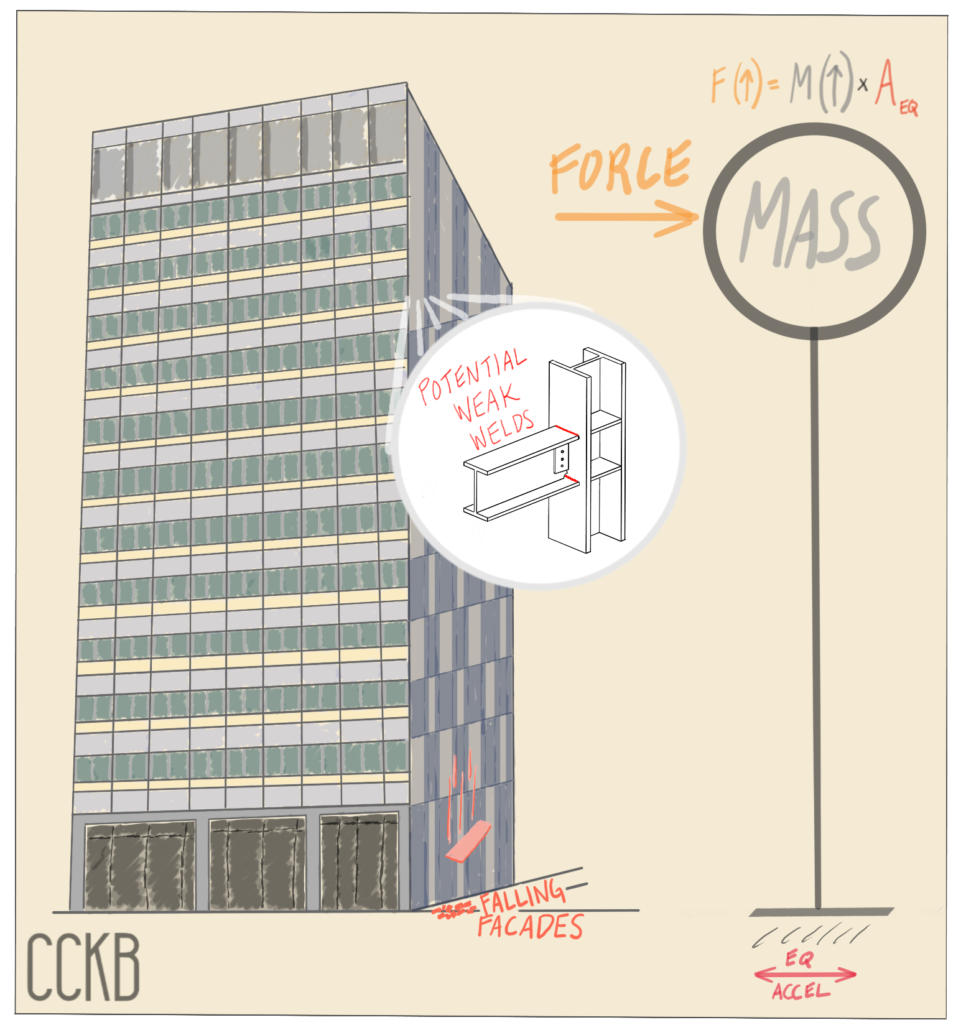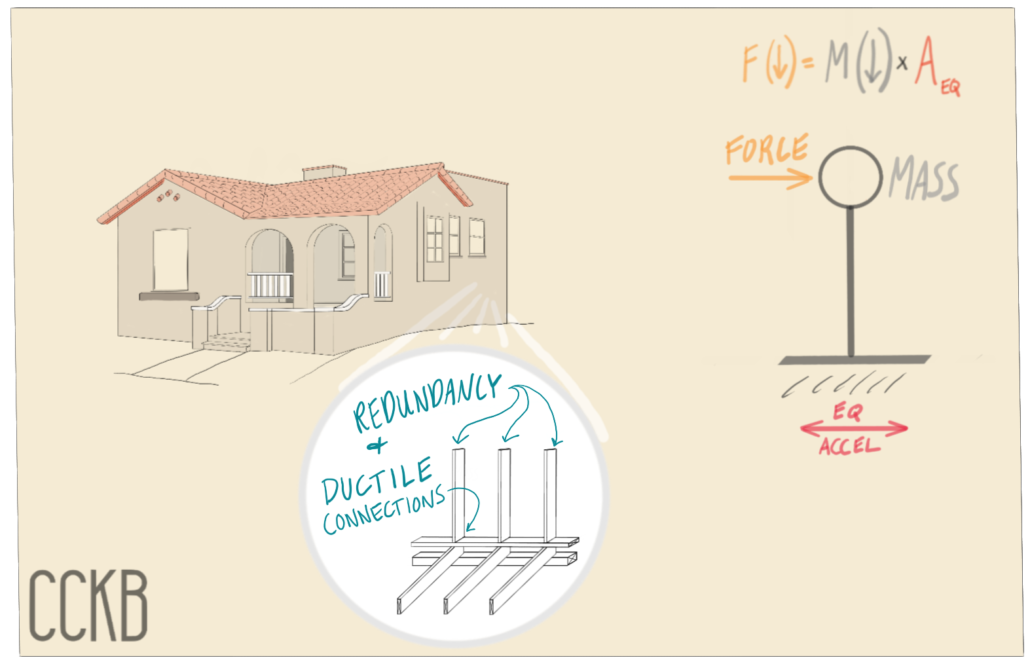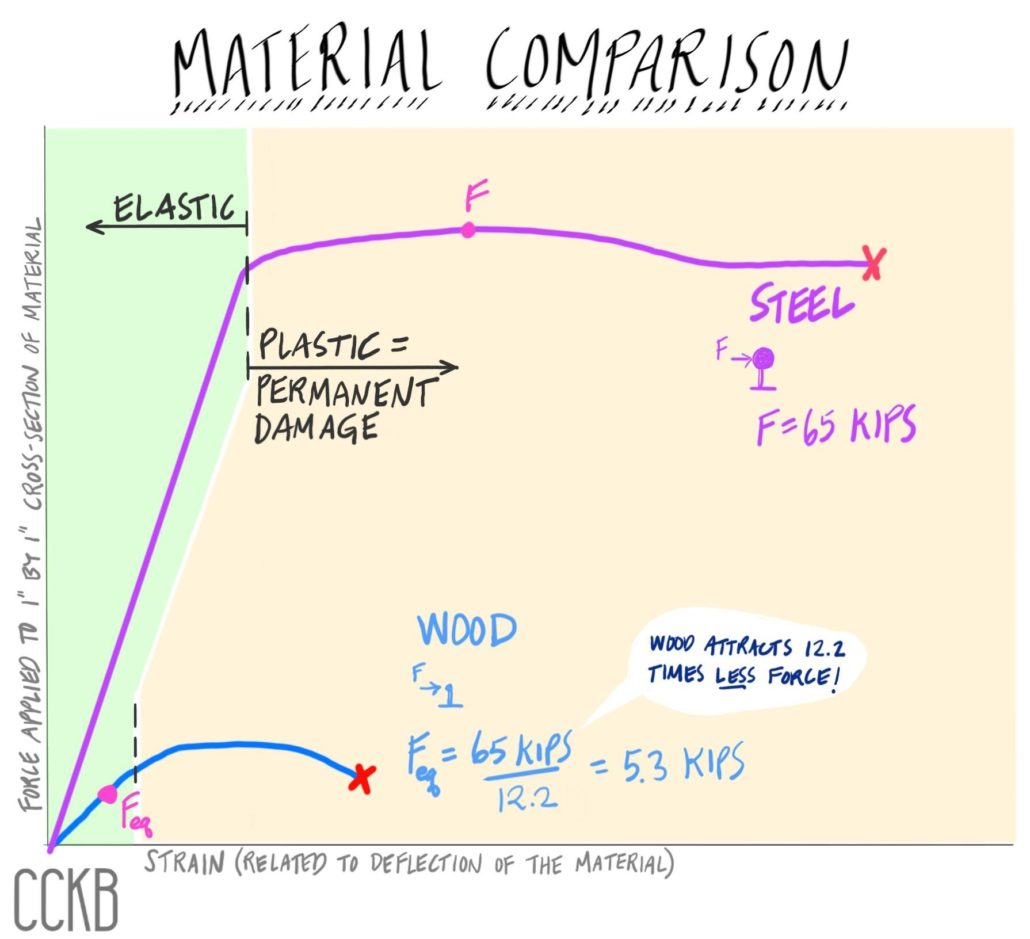Whoa, was that an earthquake last night? Did you check out Nextdoor or Twitter to see if others also woke up? It’s actually good news when earthquakes hit at night instead of during the day. Night earthquakes mean fewer injuries and fewer fatalities. Let’s look into why this is the case.
Where do you spend your time during the night and the day? Your location profoundly determines post-earthquake impacts.
The Experts Say: Nighttime is Safer
Scientists know that night earthquakes result in fewer fatalities, based on data of previous earthquakes and advanced risk assessment software. The Federal Emergency Management Agency (FEMA) has developed a software, called HAZUS, which is used to estimate damage, fatalities, and other effects of floods, hurricanes, tsunamis, and earthquakes. This impactful tool, typically used by city planners, helps community leaders realize the potential dangers and prepare for them.
The California Geological Survey used HAZUS to estimate the effects of hypothetical earthquakes (“Scenario Earthquakes”). See the table below for post-earthquake impacts to life. For the majority of Scenario Earthquakes, the estimated fatalities are at least four times higher for a 2 P.M. earthquake in comparison to a 2 A.M. earthquake.
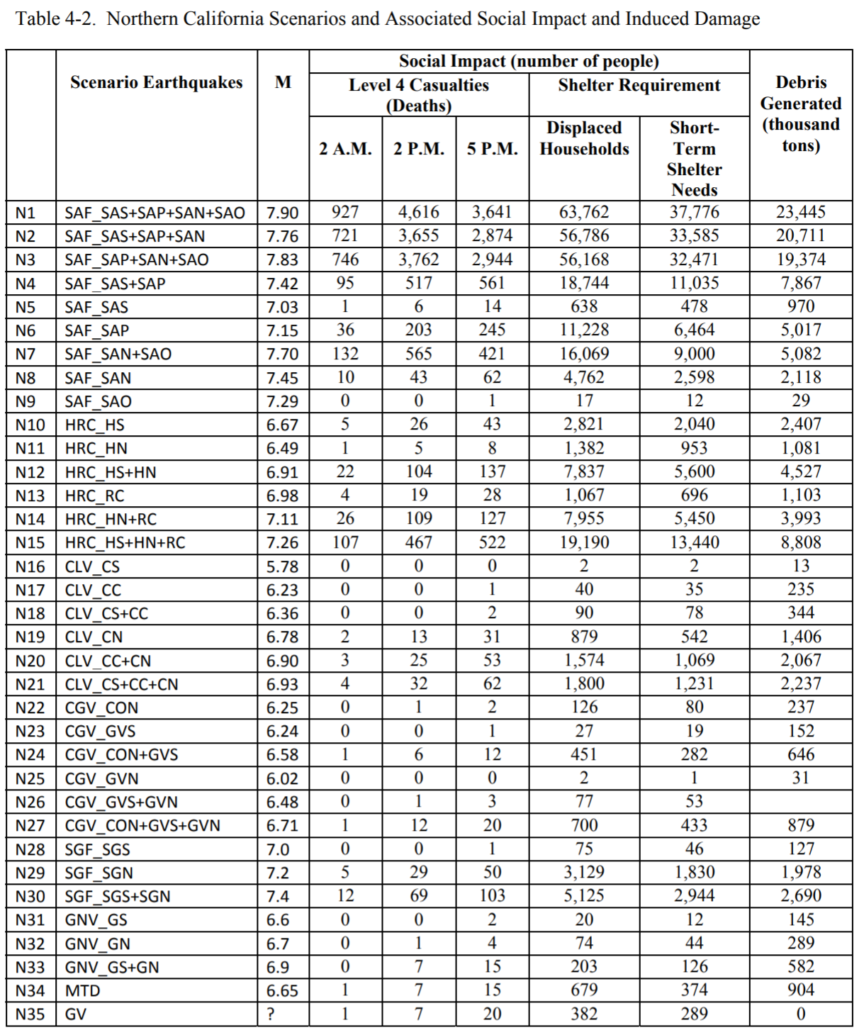
The first scenario, N1, represents a repeat of the 1906 earthquake in present day on the San Andreas fault: 4,616 deaths from a day earthquake versus 927 deaths from a night earthquake. The N15 scenario signifies the biggest possible earthquake on the Hayward fault. Again, this Scenario results in 467 deaths from a day earthquake yet only 107 deaths from a night earthquake.
The fatalities are so different between night and day because of where we spend our time in the night versus the day. At night, people are typically in wood-framed houses or wood-framed apartment buildings, which are some of the safer places to be in an earthquake. During the day, people are typically in office buildings or outside of office buildings where building façades and glass windows could fall to the sidewalk, or commuting on aging infrastructure.
Your Office Building During An Earthquake
Office buildings, made from concrete, steel, or masonry, all heavy materials, have a large mass. The heavier the building, the more force it attracts. It’s all in Newton’s second law of motion. FORCE experienced by the structure equals MASS from the building multiplied the ACCELERATION from the ground shaking.
The damage from the 1994 Northridge earthquake showed that welded steel moment resisting connections caused brittle weld failures. While no buildings collapsed during the earthquake due to this weld issue, there are many unretrofitted steel buildings out there that are still of concern. But an even greater danger from office buildings is right outside the front door, where the façades and glass windows commonly fail and fall to the ground.
Your House During An Earthquake
Wood-framed structures, on the other hand, are less worrisome for three main reasons: 1) it’s lightweight, 2) it has redundancy, and 3) it has ductility.
Lightweight
Wood is much lighter than steel or concrete, and therefore it attracts less force. The strength of wood is lower than steel but still strong enough to withstand earthquake forces.
Redundancy
The distance between supporting walls is much shorter in houses because of smaller rooms. Also, many individual studs form one wall, instead of one big column or post. This creates redundancy, a failsafe against collapse even if one of the supports (studs) fails.
Ductility
Individual wood pieces, connected with steel nails and plates that flex and rotate, add ductility to the structure. Ductility provides the ability for the house to deform and absorb energy while still providing support.
Steel Versus Wood
See below for a graph comparing the material properties of steel (purple line) and wood (blue line). The stress/ force is on the vertical axis, and the strain/ deflection is on the horizontal axis. Wherever a line is straight, in the green “elastic” zone, the material can “snap back” to its original position when the force is removed. As the force increases, the material goes into the orange “plastic” zone of permanent damage.
In steel, permanent damage takes the form of stretching, kinking, or warping. In wood, permanent damage takes the form of cracking or splitting. The longer the line extends to the right on the graph, the more damage the material can sustain without breaking.
At first, it may seem like steel is a better earthquake material, because it can stretch a lot before breaking, but steel also attracts a higher force. Steel draws 12.2 times more force during an earthquake because it is that many times heavier than wood. With the higher force, the steel material will enter the plastic permanent damage zone before the wood.
There’s a great study that examined wood-framed construction in North America, New Zealand, and Japan, in earthquakes ranging from magnitude M5.7 to M8.4. The report showed that even when one to four-story wood-framed residences experienced damage, the people inside were safe. An extreme example of this is a wood-framed house that was directly on a fault line in New Zealand. The fault line shifted 10 meters, the home was damaged, but the people inside were safe.
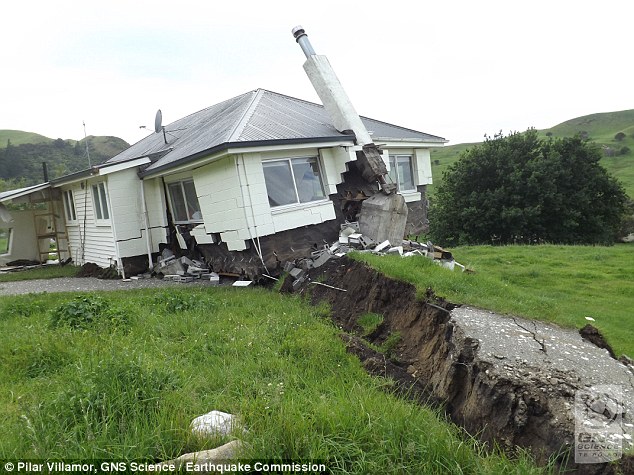
One significant exception to the safety of wood-framed construction is buildings with a soft story. Stay tuned for a future article on soft story structures!
Next time a night earthquake happens, spread the news and let your friends on Nextdoor know: we were lucky with that night earthquake. Whether it’s night or day, check out these tips on what to do during an earthquake.

